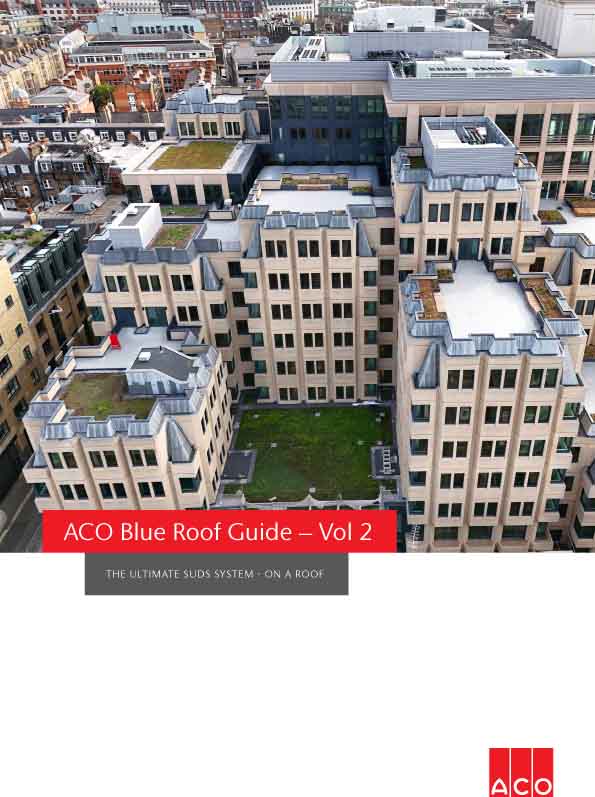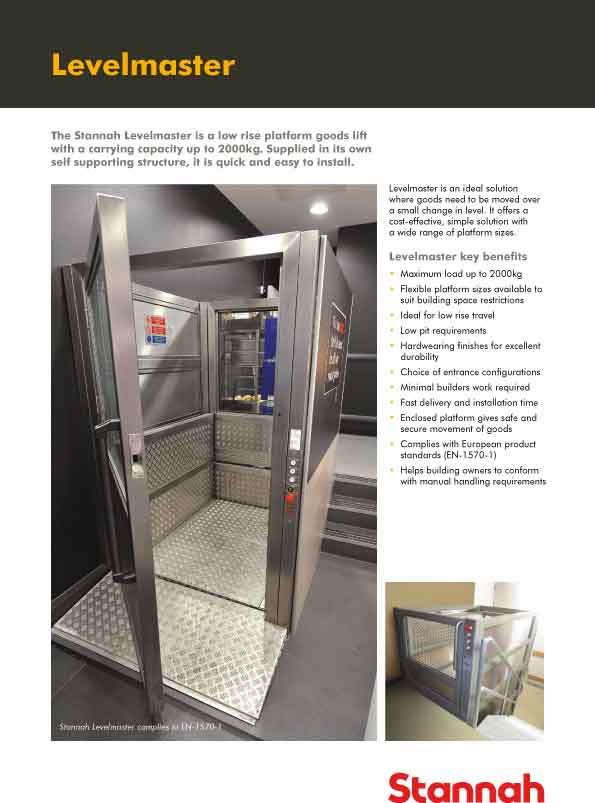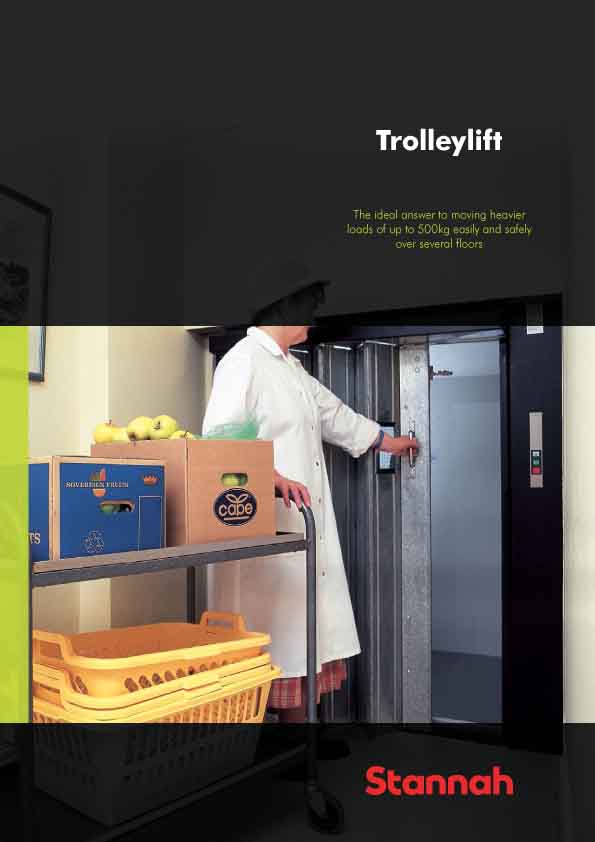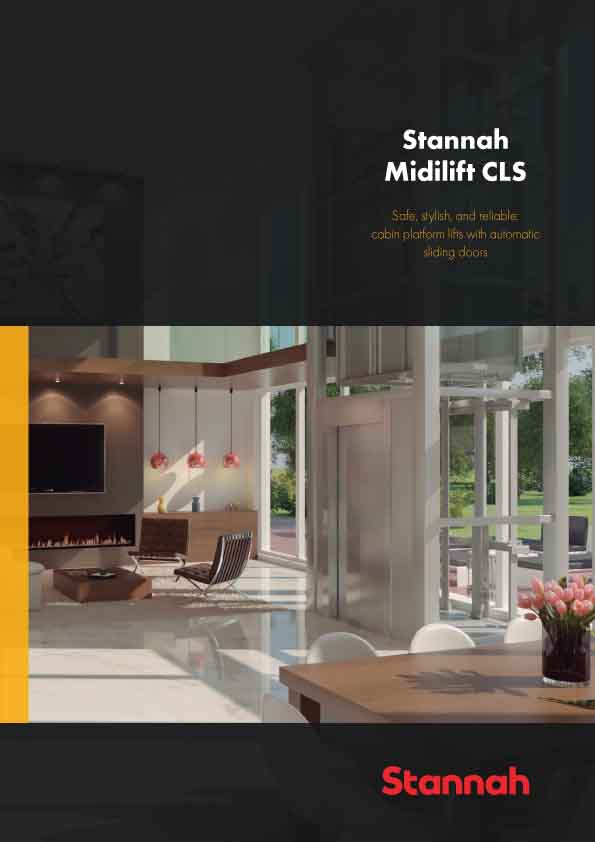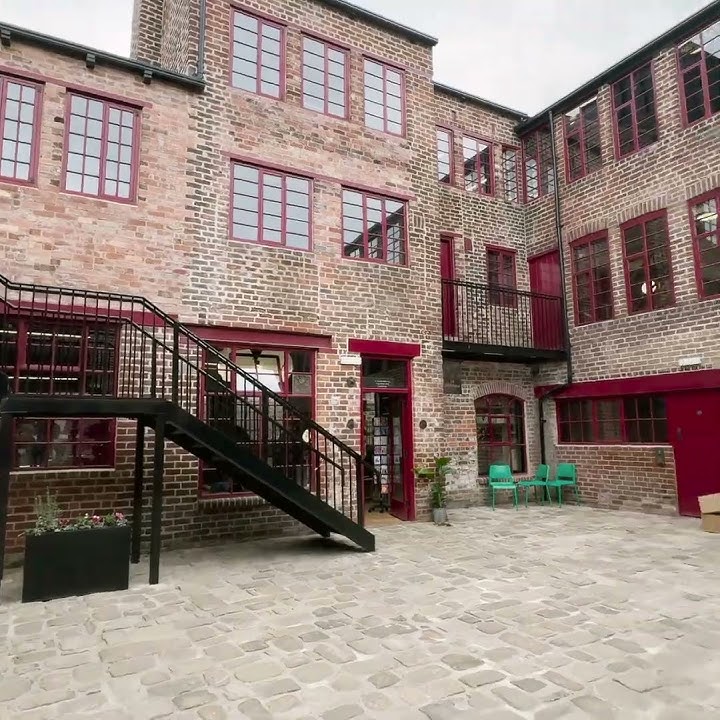Research disingenuously used in the nature vs development debate states that just 0.8% and 2.48% of 17,433 planning appeals in 2024 concerned newts and bats, respectively.
This helped form the conclusion by wildlife groups that planning delays were not because of bats and newts.
The NFB maintains this is wrong data to use for such a conclusion because appeals are not the right measurement and those using it are showing a lack of understanding about the development and planning process, while ignoring the mechanisms which ensure wildlife is protected.
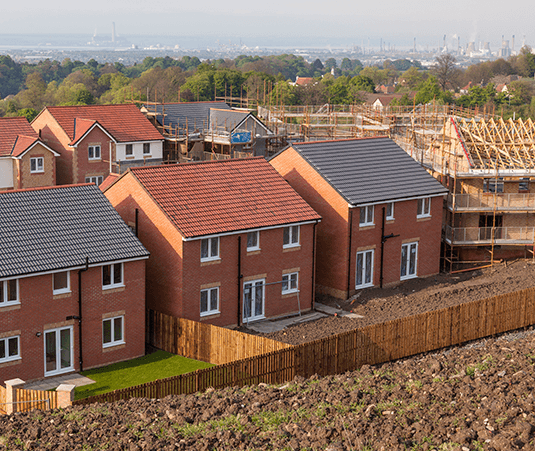
Rico Wojtulewicz, Head of Policy and Market Insight, NFB, said: “First and foremost, analysing appeals is a flawed justification for whether these and other species delay development because they ignore the most important part of a planning application, which is due diligence.
“Planning applications are submitted with the appropriate species surveys and for bats, preliminary surveys on habitats and evidence can be done all year round, but surveys for maternity roosts are typically permitted between May and August.”
The typical survey timings are:
- Preliminary Roost Assessment (PRA) : All year round
- Emergence (and Re-entry) Surveys: Typically May to August, with up to three surveys required.
- For exceptional years, Emergence (and Re-entry) Surveys can include April and October.
- Hibernation surveys: Between December and February
- Activity surveys : Conducted April and October at night
“The most important survey is the ‘Emergence (and Re-entry)’ survey and if bats are discovered as the planning application progresses, there is a strong chance missing the tight five-month survey window and so having to wait a minimum of seven months for a survey to be conducted and up to eight weeks for reports to be discharged,” he added.
“Surveys are typically valid for 24 months; however, Local Planning Authorities (LPAs) often require assessments from the most recent survey season. The planning process might also take longer than 24 months, making some surveys invalid.
“The GCN benefits from a District Licensing Scheme, where risk zone maps help measure development impact on the species and eDNA testing may need to be conducted to verify presence. If the impact is not high, habitat creation is funded by conservation payments.
“When a district license is not available, a Mitigation License is required.
“The District Licensing Scheme was directly implemented to reduce planning delays and increase GCN habitats because the minimum of four site visits between March to June, with half of those being in mid-April and mid-May, was creating considerable planning delay. And still is!
“eDNA analysis has been a major benefit to rolling out district licensing but so was the desire to map the GCN.
“Any research claiming bats and newts do not delay development is misinformation, and in some cases disinformation.
“Planning requires surveys, survey periods are restricted, local planning politics can invalidate expert surveys and new evidence can rightly require further surveying (this is typically the appeal data which gets cited). This means a bat or newt might delay a development by two years before a planning application is submitted and once submitted, the same period again should new evidence be found, or survey requirements made outside a practicable surveyable period.
“A shortage of licensed surveyors is even used as a sales tactic by ecologists, who recommend they are engaged as early as possible so surveys can be timed appropriately.
“Bats, newts and other species can and do cause considerable planning delays, therefore rather than misinforming the debate, if we want to prioritise nature, time should be spent understanding how and whether the Nature Restoration Fund (NRF) can reduce those impacts and better wildlife outcomes.”










